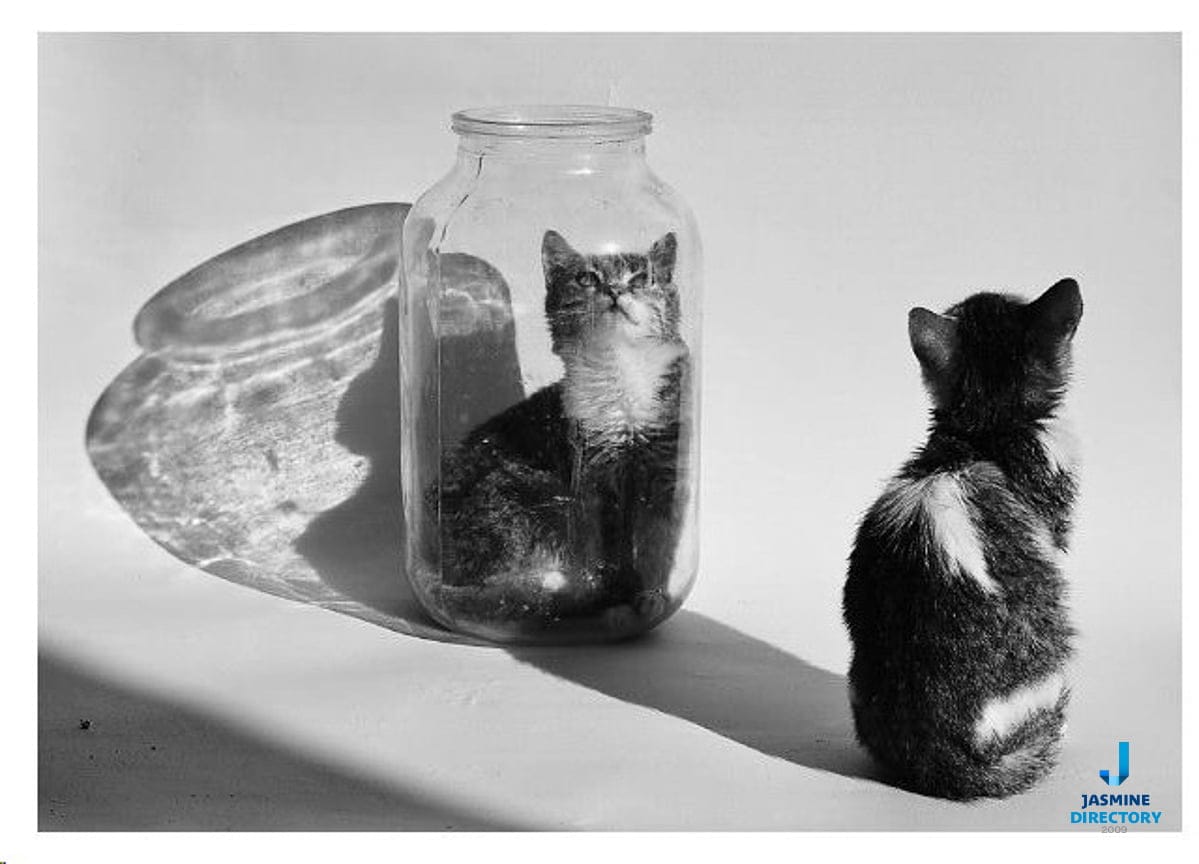It can create a very thought-provoking piece of art that awakens the eye due to its imperfect. In landscape photography you can create.

Pin By Jake Herbig On Miscellaneous Facebook Page S Mindtripworld2 Composition Photography Nature Photography Perspective Photography
It is not only a chaotic miso-mash.

. With asymmetrical balance the goal is to create a similar sense of weight on each side of the composition. Up to 2 cash back With asymmetrical balance the goal is to create a similar sense of weight on each side of the composition. Asymmetry in photography can be a very beautiful and eye-catching technique.
This kind of balance is informal. What Is Asymmetrical Balance In Photography - Understanding Balance In Photography Create symmetrical and asymmetrical balance. However this allows for more variety in composition as we are not relying on perfect symmetry originating from a central axis.
This means that an asymmetrical photo still follows the rules of composition. To be considered asymmetrical a design needs to. Asymmetrical balance has two sides that are unequal while having elements that balance each other out.
There are different types of balance in photography. In an asymmetrical photograph if the photograph were to be sliced in half neither side would be symmetrical. Balance in photography is a very handy way to add interest to a scene.
This idea is all about placement and visual weight. Look at the picture above. It is the relationship between the different elements that create a sense of balance in photography drawing again on how as a society we have learned to see images shaped by a history of art and the images that surround us every day.
There are three different types of balance. Asymmetrical compositions may include shapes that are similar but not identical colors that are not exactly matched or elements that are not perfectly aligned. By capturing them head-on the image becomes balanced due to the equal weight.
There are different techniques you can use to give your photos a balanced asymmetrical look. Mar 11 2021 Also known as informal balance asymmetrical balance is the most common composition technique in photography tutorials and art workshops. Instead use negative space object placement and line placement to create a sense of balance.
Think of the image a kaleidoscope creates. Again think of the scale above but this time you balance the scale by using the same object on one of the sides and on the other side you now place two objects with half of the weight. Dont always try to match what you see on either side of the central point.
This idea is all about placement and visual weight. Asymmetrical balance is known as an informal balance and can feel a little less organised than symmetrical balance. Not only is it a perfect example of.
Many professional photographers prefer asymmetrical balance due to the complexity of the image. Symmetrical balance or Symmetry means that the work of art is the same on one side as the other a mirror image of itself onboth sides of a center line. Each offers a different look but all give the same satisfying welcoming feeling.
Conceptual balance radial balance symmetrical balance asymmetrical balance etc. Asymmetrical balance occurs when you have different visual images on either side of a design and yet the image still seems balanced. Many objects or scenes we aim to capture can be asymmetrical.
Asymmetrical balance also known as informal balance is when you have unequal elements in terms of visual weight but you still have a sense of balance in the overall picture. Take the image below as a simple example the sun is an important subject on the right-hand side of the image but the wave pattern on the left draws the eye just as much. In asymmetrical balance the 2 sides arent similar however differ from each other.
Asymmetrical balance or Asymmetry means that the two halves of the work of art are different however try to. But those visual elements balance out each other. The rule of thirds uses asymmetry to your.
Instead use negative space object placement and line placement to create a sense of balance. Thats why it is hard to understand asymmetrical balance in photography. How is asymmetrical balance achieved.
What is asymmetrical balance in photography. Jun 20 2018 Asymmetrical balance occurs when you have different visual images on either side of a design and yet the image still seems balanced. Up to 2 cash back Asymmetrical Balance.
A photograph with asymmetrical balance often ties in closely with the rule of thirds. The more you are consciously aware of asymmetrical balance in your own personal compositions the easier it will become in your daily practice. Asymmetrical Balance Asymmetrical balance is a kind of formal unity in which one part of the composition is different from its counterpart.
Balance is a vital design principle that will make a space inviting and harmonious. There are two kinds of balance. It can be achieved using negative space colour or the rule of thirds to frame your subject.
Symmetrical asymmetrical and radial. Known alternatively as informal balance asymmetrical balance is a bit more difficult to achieve. A principle of art and design concerned with the arrangement of one or more elements in a work of art so that they appear symmetrical identical compositional units on either side of an axis or asymmetrical not.
Asymmetrical balance or Asymmetry means that the two halves of the work of art are different however try to create balance. Asymmetry refers to a lack of symmetry or balance in the photograph. Radial balance is when theres a circular shape that begins in the center of an image.
Dont always try to match what you see on either side of the central point. Asymmetrical balance is an alternative to symmetry that is far more difficult to master. The Definition of Asymmetrical Balance Asymmetrical balance occurs when you have.
The Importance of Asymmetrical Balance in Photography. Asymmetrical balance in photography is also referred to as informal balance. Also known as informal balance asymmetrical balance is the most common composition technique in photography tutorials and art workshops.
When a photo is asymmetrical it has unequal visual weight on either side. Since it requires intentionally placing your subject off-center its more difficult to achieve but gets easier with daily practice. In symmetrical balance if an imaginary line is drawn by means of the middle of the work each side are precisely the identical and balanced in that manner.
Asymmetrical balance is when one side of the frame holds the main subject and the other side of the image is balanced out by smaller subjects or negative space.

Asymmetrical Balance In Photography Part 1

14 Ways To Use Asymmetrical Balance In Photography

What Is Asymmetrical Balance Photography And How To Use It

Composition Technique Balance Symmetry Welly Pictures
Asymmetrical Balance In Photography Explained By Smugmug Smugmug

What Is Asymmetrical Balance Photography And How To Use It

Five Kinds Of Photography Balance You Need To Understand To Take Appealing Photographs Student Resources

Five Kinds Of Photography Balance You Need To Understand To Take Appealing Photographs Student Resources
0 comments
Post a Comment